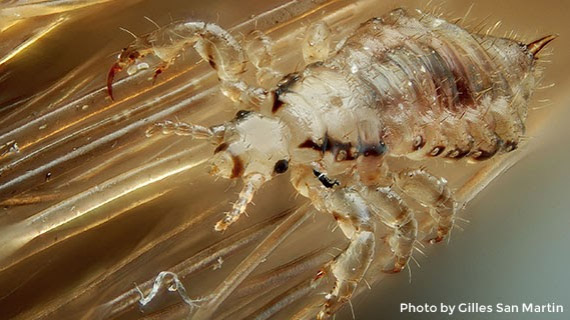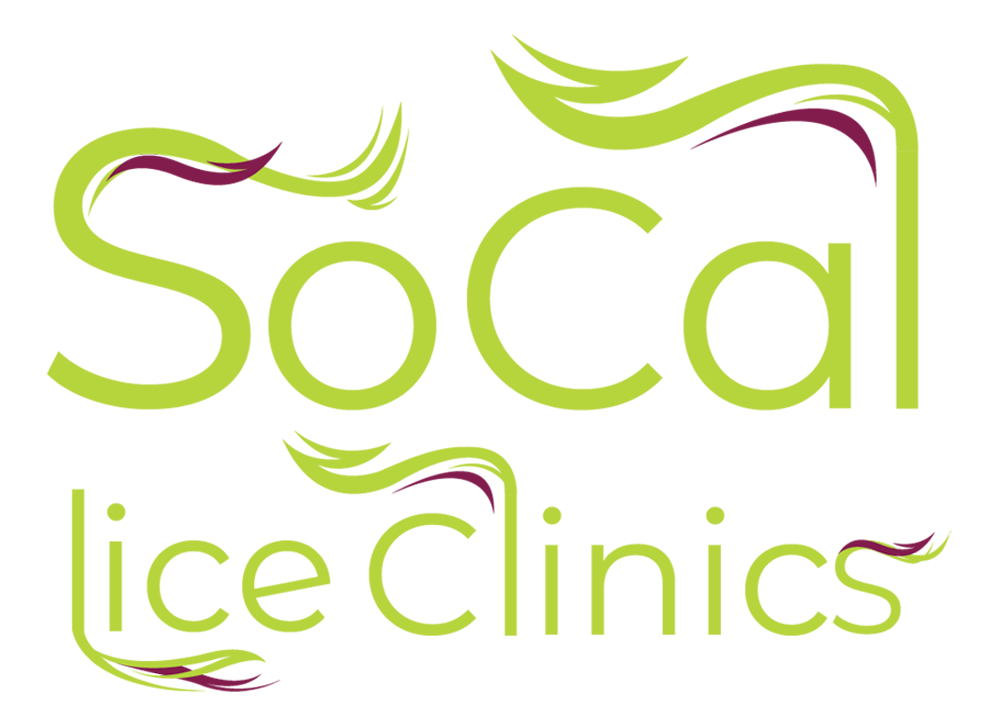
Where Do Head Lice Come From?
If you’ve ever encountered head lice in your family, you may know that lice afflict some 6-12 million people—mostly children—each year, according to the U.S. Centers for Disease Control and Prevention. Lice are a serious nuisance and they never seem to go away.
So you may wonder, where did head lice come from in the first place? There is a short answer and a long answer to this question. The short answer is that if you or your child have lice, you got them from another person through head-to-head contact. Although there is a very slight possibility that you could get lice from an inanimate object, such as a brush or a pillow case, almost all cases of head lice occur through direct head to head contact with someone who is infested.
The longer answer goes back over 750,000 years. Scientists believe head lice began to evolve on a different path than body lice about the time humans started to wear more clothing. Body lice evolved to attach to clothing fibers which are typically thicker and stronger than a human hair. Head lice stuck with the scalp. Researchers have used this information to speculate that humans may have used clothing much earlier than previously believed.
According to researchers, there are three primary “clades” (i.e., categories) of head lice, imaginatively named A, B, and C. Clade B head lice are thought to have originated in North America, and then to have migrated to farther reaches of the world, including Australia and Europe.
The DNA from the mitochondria of head lice cells collected from lice around the world have been used to trace back the ancestry of lice to a common lineage about 2 million years ago. They now believe that Clade C then split off from the group. Much later, between 750,000 and 1 million years ago, Clade B split from Clade A.
Scientists believe that lice, due to their relationship with humans, can provide important information about human evolution. Because they live only on human hosts, only feed on human blood, and die shortly after separation from a host, their DNA is a relatively pure link to human evolution.
Lice are continuing to evolve, to the point that many of the traditional lice treatment products used for the past several decades are no longer effective. Multiple studies have shown that the majority of lice in the U.S. have developed resistance to pyrethroids, the active ingredient in over-the-counter lice products.
Treating Head Lice
So now you know where lice come from—the short answer and the long answer. And you can probably guess that they’re not going away any time soon. With 6-12 million new cases of head lice each year in the U.S. alone, and increasing resistance to lice medications, the problem may get worse before it gets better.
Our device uses warm air to dehydrate the lice and eggs, depriving them of the humidity needed to survive. Humidity is a critical factor for lice; the optimal humidity for survival is in the range of 70–90 percent; exactly the humidity of the human head. Lice cannot survive when this value falls below 40 percent.
The heated air treatment only takes about 30 minutes and with a professional comb-out and topical serum, the entire process takes about an hour!
